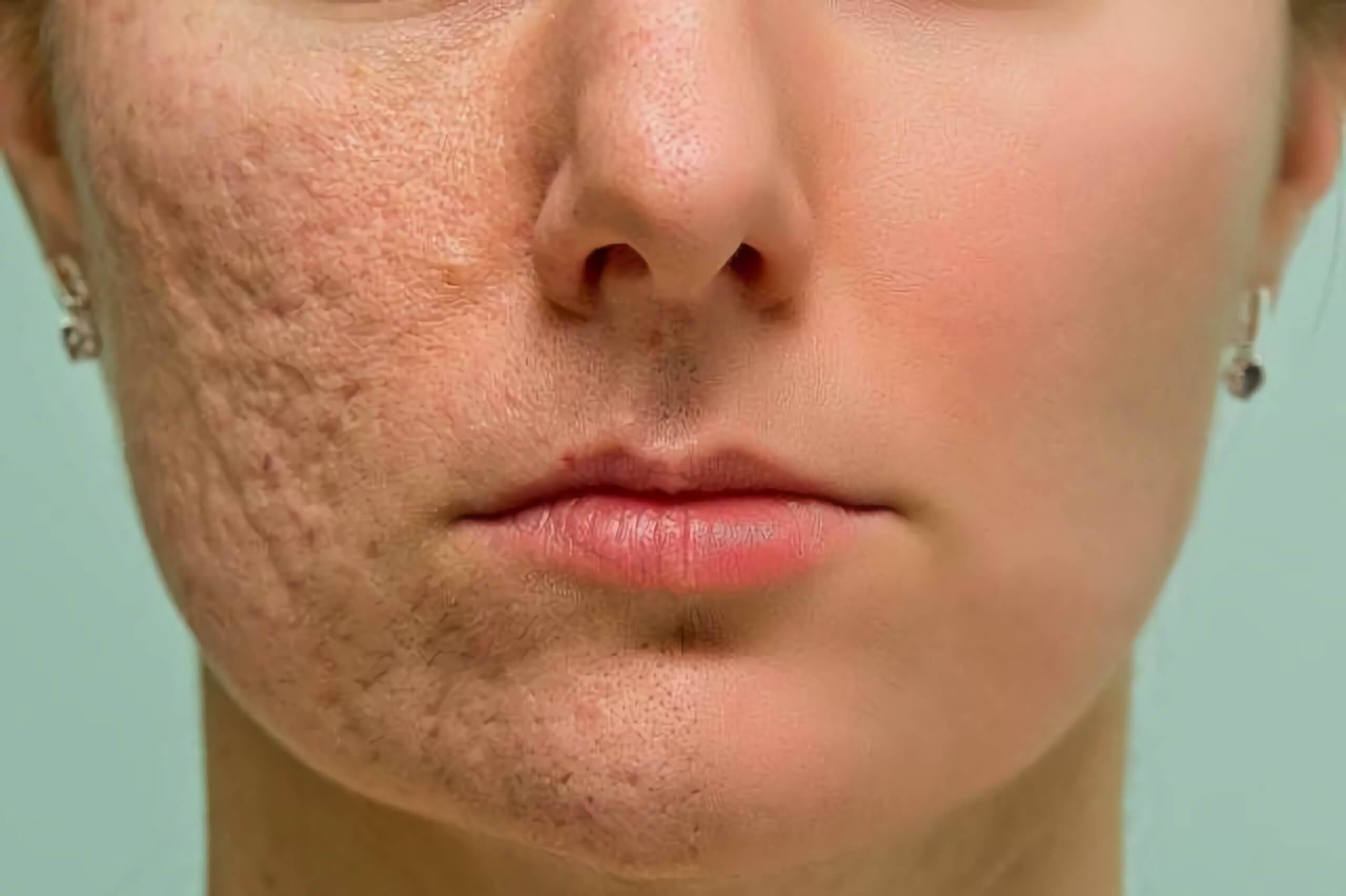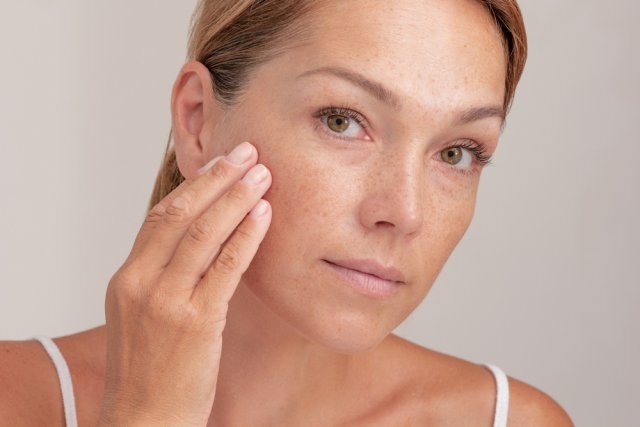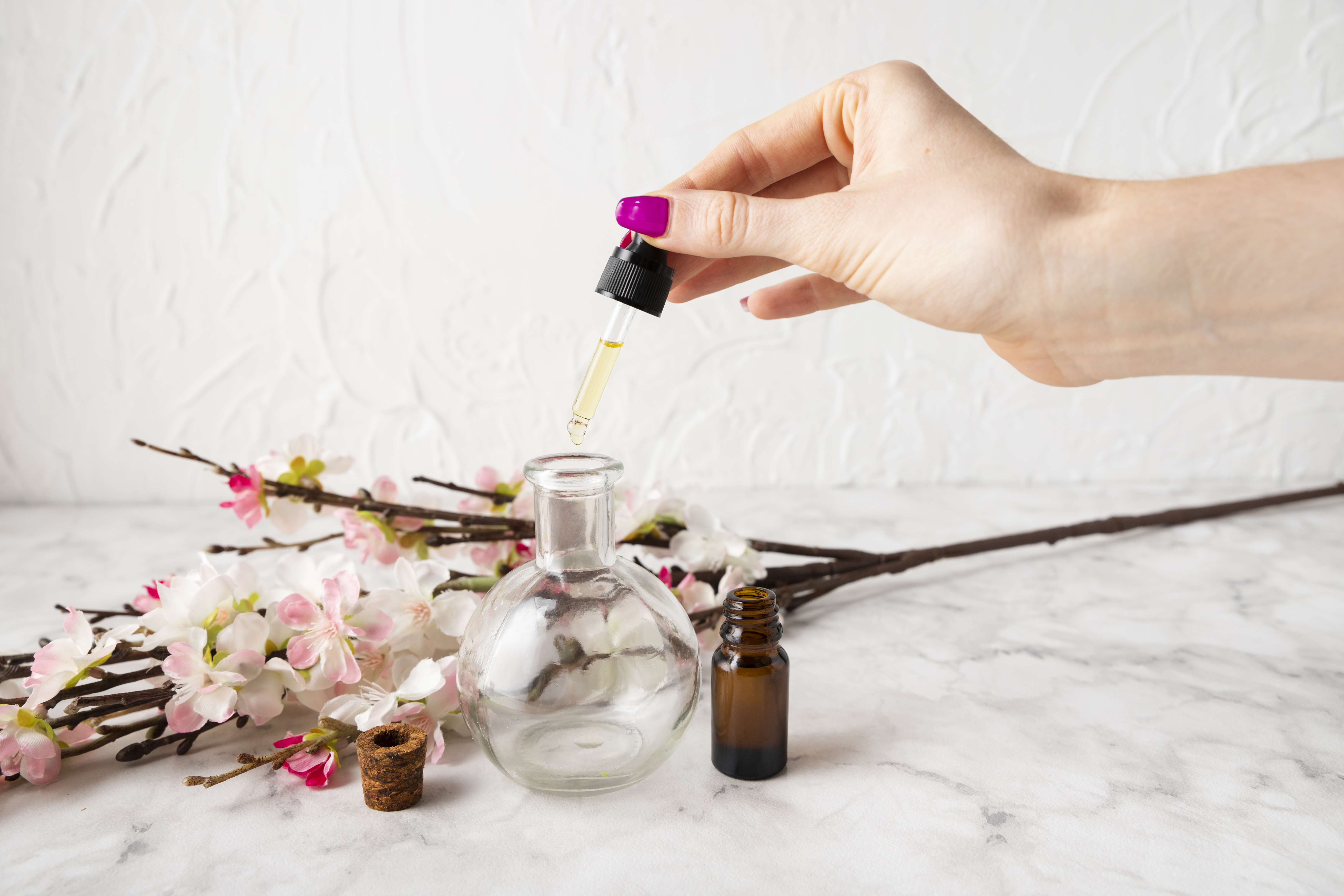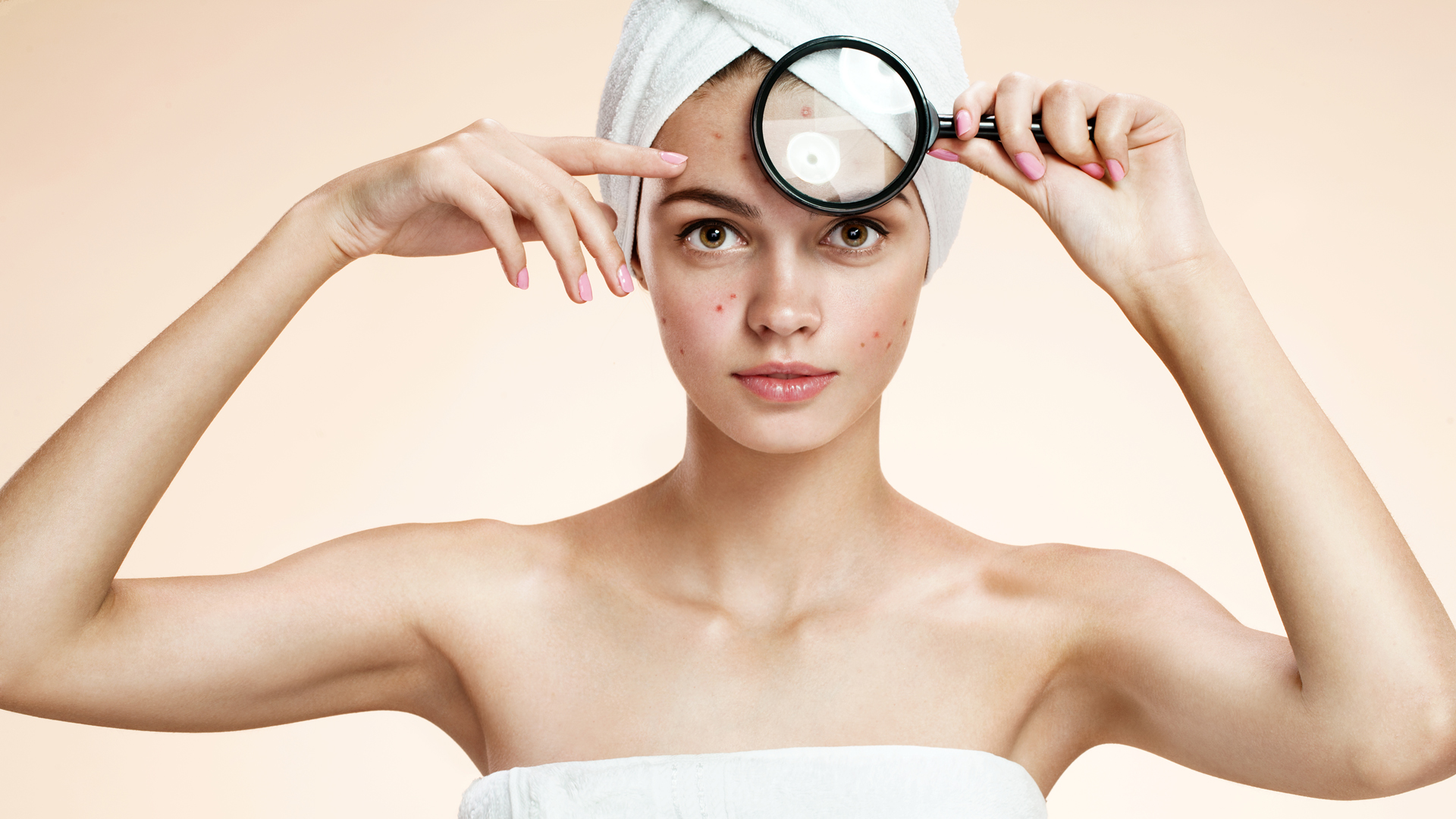Is It Really Worth Avoiding a Sun Tan? Here’s What You Should Know
Sun tanning is often mistaken for a healthy glow, but the reality is far more concerning. While it’s your body’s natural response to protect itself from harmful ultraviolet (UV) rays, tanning can lead to premature aging, sunburn, and even skin cancer.
In this blog, we explore the science behind sun tanning, the benefits of avoiding it, and effective methods to remove tan and protect your skin.
What Happens to Your Skin When You Tan?
When your skin is exposed to the sun’s UV rays, special cells called melanocytes produce a pigment called melanin. This is your body’s defense mechanism to protect deeper skin layers from UV damage. While melanin absorbs some UV rays, it doesn’t prevent sunburn or long-term skin damage.
A tan might make you appear sun-kissed, but it’s actually a sign of skin cell trauma. With repeated exposure, the risks increase from hyperpigmentation and freckles to wrinkles and even skin cancer.
Why Avoiding a Sun Tan Is Beneficial
Here are some strong reasons why staying away from tanning is good for your skin and health:
Prevents premature aging like fine lines, wrinkles, and sagging
Reduces the risk of skin cancers, including melanoma
Maintains an even skin tone without dark patches or pigmentation
Protects collagen and elastin in the skin, preserving its firmness and elasticity
Avoids post-inflammatory hyperpigmentation, especially in Indian skin types
Why Sunscreen Alone Isn’t Enough
While sunscreens with SPF 15 or higher offer protection from both UVA and UVB rays, they don’t completely block tanning. Sunscreens reduce your risk of sunburn and excessive skin damage, but you can still tan if exposed long enough.
To maximize protection:
Use a broad-spectrum sunscreen (SPF 30–50)
Reapply every 2 hours, especially after sweating or swimming
Combine with physical protection—wide-brimmed hats, sunglasses, and UV-blocking clothing
When Should You Avoid the Sun?
The sun’s UV rays are strongest between 10 AM and 4 PM. Limiting exposure during these hours can drastically reduce your chances of tanning and sunburn.
Pro Tip: If you must be outside, stay in shaded areas and wear protective gear.
How to Remove a Sun Tan Naturally and Safely
Got a tan already? Here’s how to speed up the process of fading it:
1. Exfoliate Regularly
Use a soft exfoliating brush or grainy cleanser to slough off dead skin cells. This encourages faster skin renewal, reducing the intensity of the tan over time.
2. Use AHA/BHA Products
Alpha-hydroxy acids (AHAs) and beta-hydroxy acids (BHAs) in exfoliating lotions boost cell turnover. This is effective in removing deeper pigmentation.
3. Moisturize After Exfoliation
Keep your skin hydrated with lotions containing aloe vera, niacinamide, or vitamin E to soothe and heal.
4. Be Patient
The safest way to remove a tan is to allow your skin to renew itself naturally. With proper care, most tans fade within 7–14 days.
? Home Remedies to Lighten Tan
Natural ingredients known for their skin-lightening properties include:
Lemon juice (brightens and exfoliates)
Cucumber juice (cools and lightens skin)
Aloe vera gel (heals and fades pigmentation)
Turmeric with yogurt (reduces melanin production)
Caution: Always do a patch test to check for sensitivity before applying any home remedy.
What About Vitamin D from Sun Exposure?
Yes, sun exposure helps your body synthesize Vitamin D, essential for bone health, immunity, and mood regulation. However, you don’t need to tan to get it. Just 15 minutes of early morning sun exposure (before 10 AM) is enough for adequate Vitamin D production.
You can also meet your Vitamin D needs through:
Supplements
Fortified foods like milk, cereals, and eggs
When to See a Dermatologist
If a tan persists for longer than expected, or is accompanied by:
Uneven patches
Itchiness or rashes
Unusual dark spots
…it may indicate underlying skin damage or conditions like melasma or solar lentigines. Always consult a qualified dermatologist for evaluation and treatment.
Final Thoughts: Prevention Is Better Than Repair
Avoiding a tan is more than just a cosmetic choice it’s about protecting your skin’s long-term health. From using the right sunscreen to following a proper skincare routine, small steps today can prevent major issues tomorrow. Want expert guidance for sun damage or tan removal? Book your skin consultation with Dr. Purnima Mhatre today and get customized care for your skin type.




